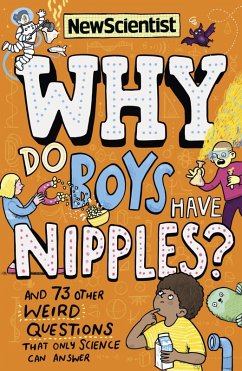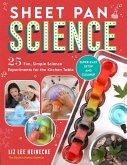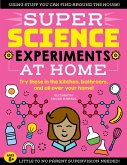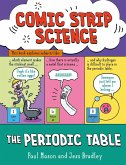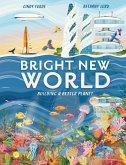Is eating bogeys bad for you?
Do dolphins and whales get thirsty?
Why can't you tickle yourself?
Where do astronauts put their dirty underwear?
Children make excellent scientists - they're inquisitive, keen to learn and have open minds. And they especially love to learn about all the gross stuff and all the weird facts - this book is packed full of them.
In Why Do Boys Have Nipples?, kids will discover how to extract iron from breakfast cereal; that fish communicate by farting; how to turn fried eggs green; why tigers have stripes, not spots; and much, much more.
Behind each surprising question and answer or wacky experiment is a scientific explanation that will teach kids more about biology, chemistry and physics, and the world around them.
Dieser Download kann aus rechtlichen Gründen nur mit Rechnungsadresse in A, B, BG, CY, CZ, D, DK, EW, E, FIN, F, GR, HR, H, IRL, I, LT, L, LR, M, NL, PL, P, R, S, SLO, SK ausgeliefert werden.

